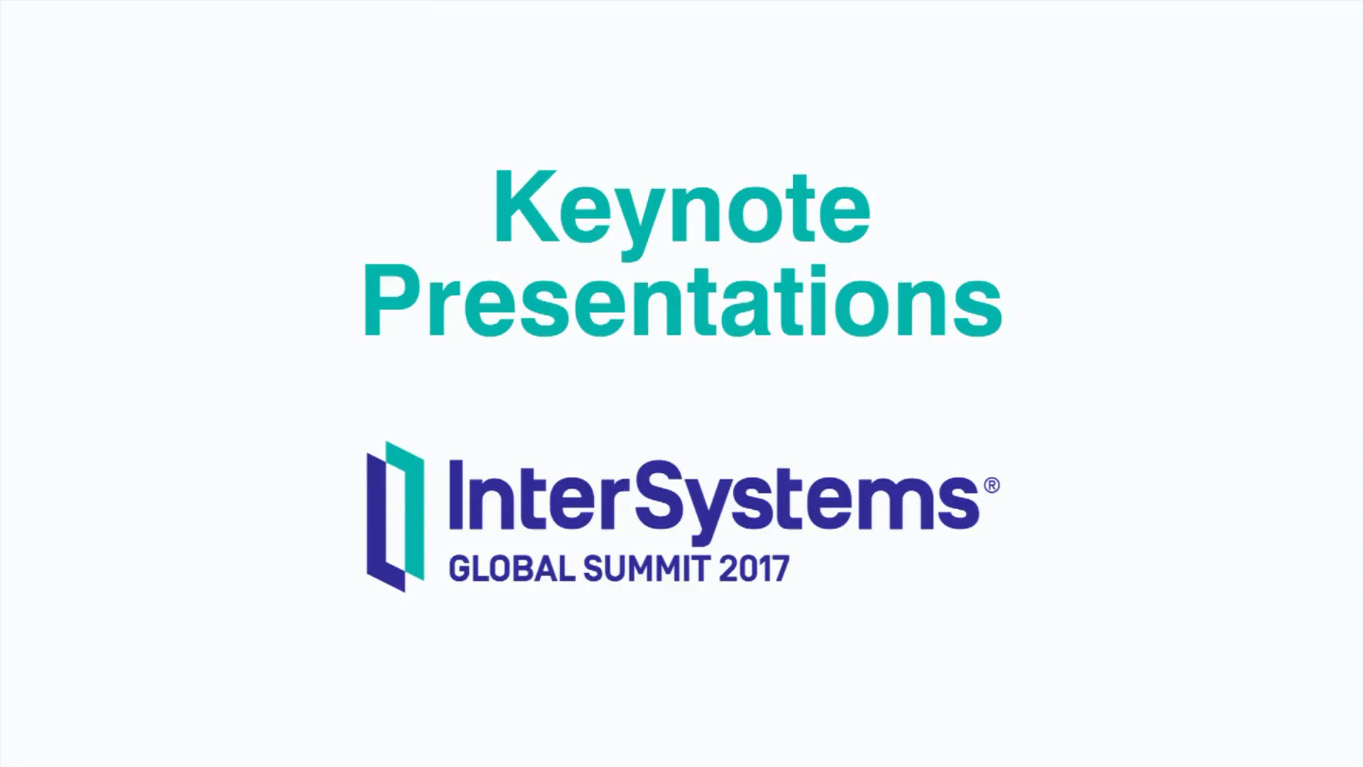Hi guys,
I'm trying to immigrate some of my HealthInsight dashboards and pivot tables to another HS instance.
In some pivot tables, I defined them with a set of calculated dimensions defined in the analyzer, e.g as below:

Then when I exported the cubes and pivot tables in used to my new envirmonment. When I open my pivot tables again, the calculated dimensions are missing and hence my pivot tables no longer work:





